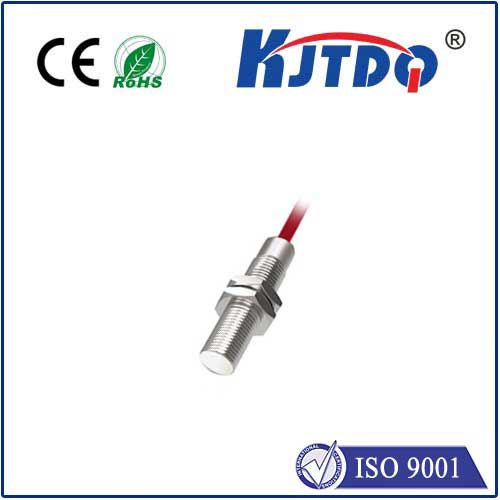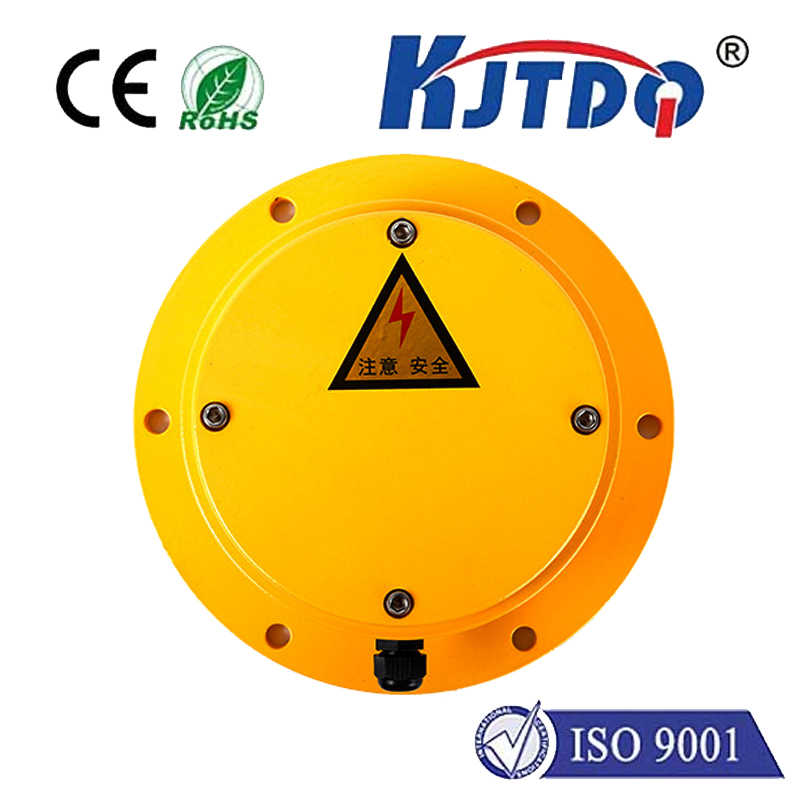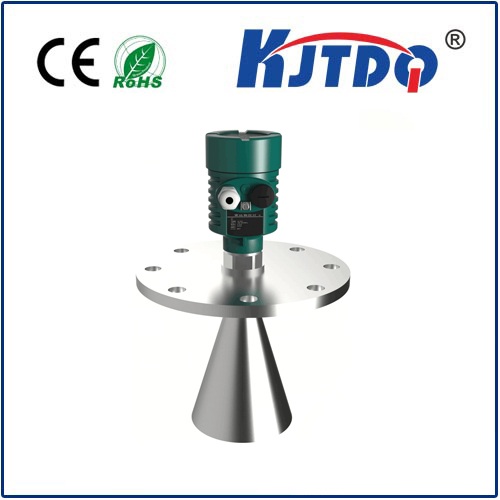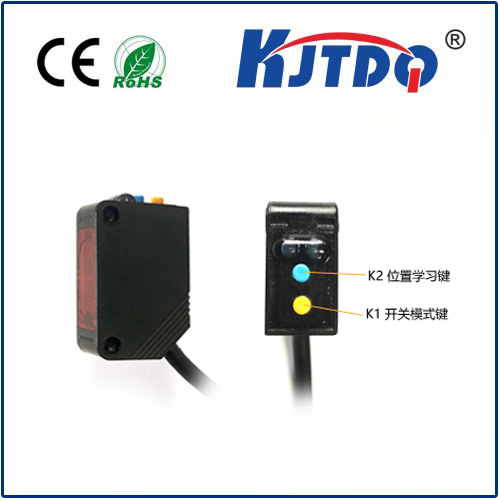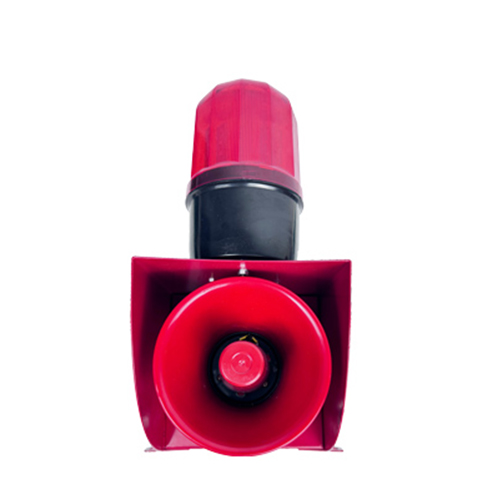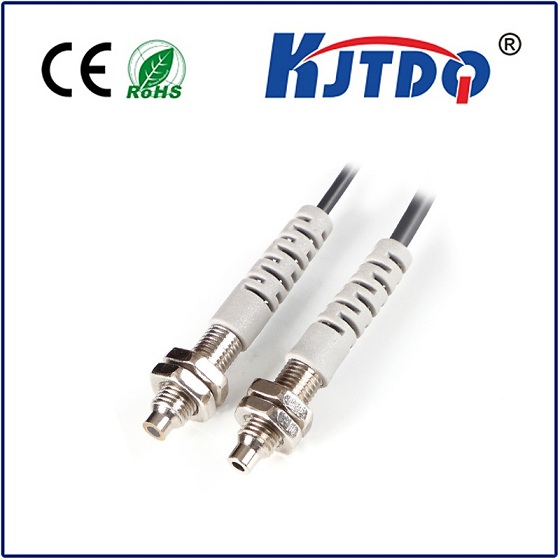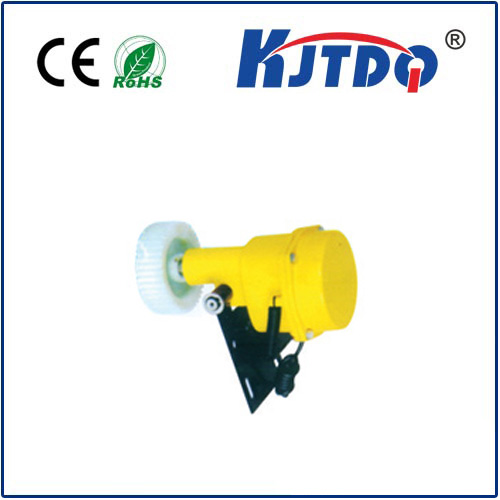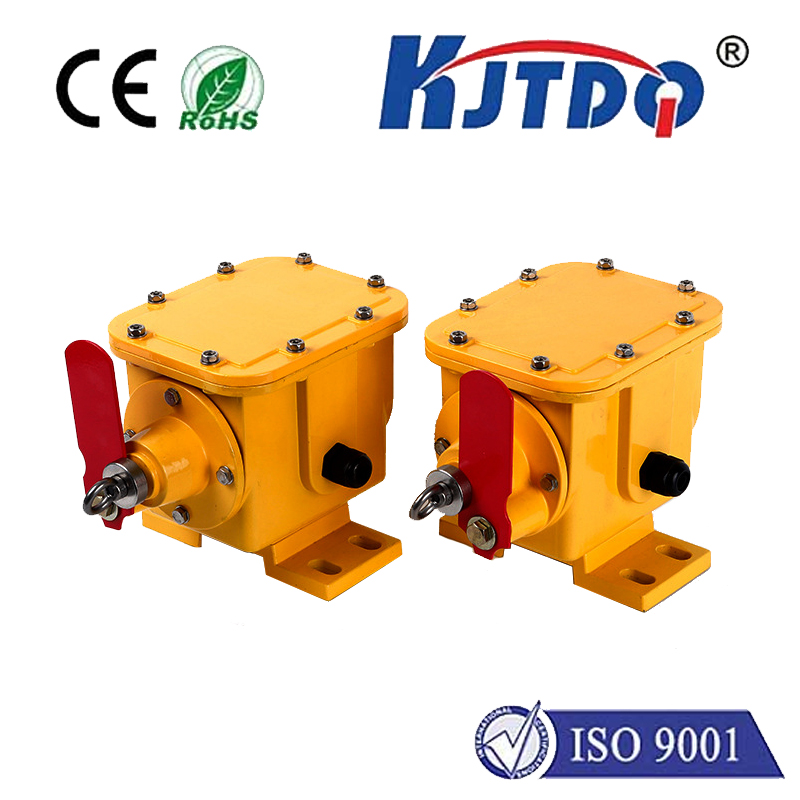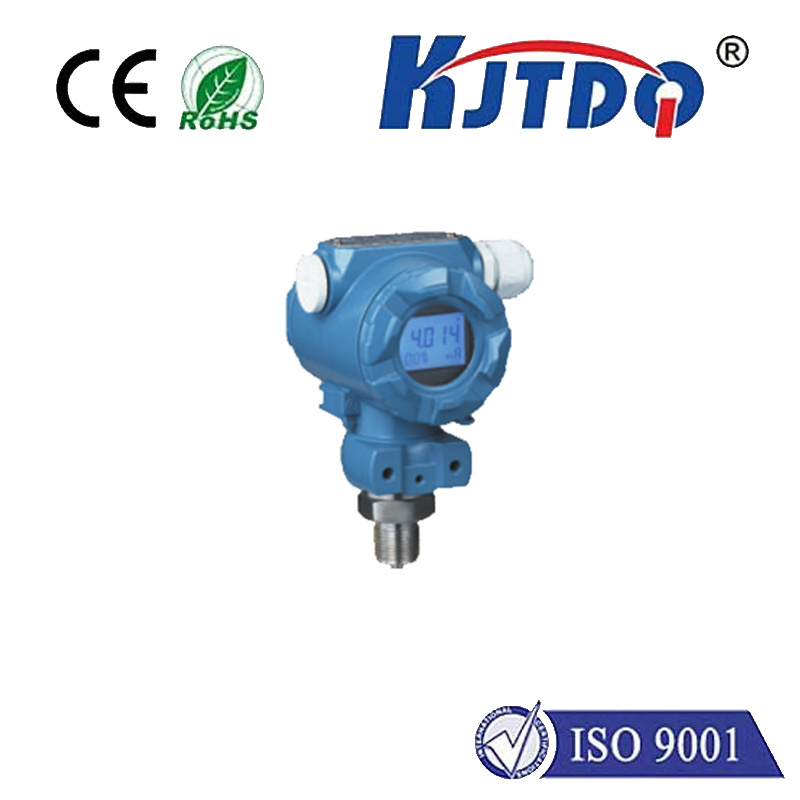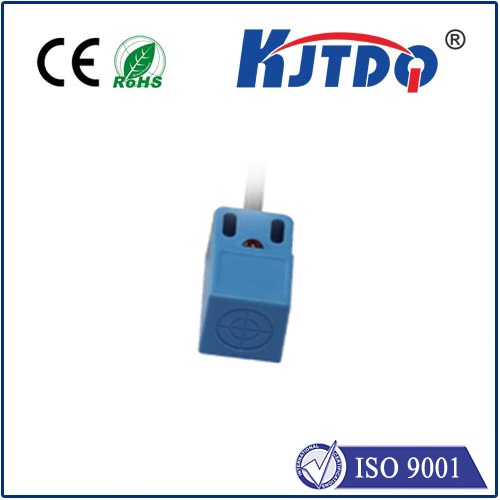3 position limit switch
- time:2025-08-01 09:03:54
- Click:0
The 3 Position Limit Switch: Precision Tri-State Sensing in Automation
Imagine a massive bridge lifting mechanism. Knowing simply “up” or “down” isn’t enough. Operators need absolute confidence in intermediate positions – perhaps “locked,” “mid-travel,” or “clearance reached.” This level of precision control is where the 3 position limit switch excels, stepping far beyond the binary capabilities of standard switches. This robust sensing device provides critical feedback on three distinct states of a target object, delivering enhanced safety, process control, and operational intelligence across countless industrial applications. Understanding its function, advantages, and ideal use cases is key to unlocking more sophisticated automation potential.
Beyond On/Off: Defining the 3 Position Limit Switch
At its core, a limit switch is an electromechanical device actuated by physical contact with a moving part (like a machine arm, door, or gate). Standard limit switches are typically single-pole, double-throw (SPDT) devices, offering one set of Normally Open (NO) and Normally Closed (NC) contacts. They essentially report two states: actuated or not actuated (e.g., “object present” or “object absent,” “door closed” or “door open”).
A 3 position limit switch, however, introduces a crucial third state. It achieves this through clever internal mechanics, often involving cams or levers interacting with multiple contact blocks. Instead of just Open or Closed circuits, it provides outputs representing three distinct physical positions of the actuator. Common labeling for these positions includes:
- Position A (e.g., Fully Retracted, Position 1): Contacts configured for state A (e.g., NO contacts open, NC contacts closed).
- Position B (e.g., Mid-Travel, Neutral, Position 2): Contacts change to a distinct configuration for state B (often a transition state).
- Position C (e.g., Fully Extended, Position 3): Contacts change again to a third unique configuration for state C.
How It Works: Tri-State Logic in Action

The magic lies in the actuator mechanism. When an external force moves the switch’s actuator (roller lever, plunger, etc.), it doesn’t just snap between two points. It traverses through defined zones corresponding to Positions A, B, and C. As it moves:
- Position A: The actuator is in its initial or “home” position. Specific internal contacts are Open or Closed, signaling this state.
- Position B (Transition): As the actuator moves beyond Position A, it enters the mid-range. This action changes the contact configuration from Position A. Crucially, Position B has its own unique contact state, distinct from both A and C. This provides clear feedback that the target is neither fully home nor fully extended.
- Position C: Further movement brings the actuator to its final position. The contacts change again, moving from the Position B configuration to a third unique state for Position C. This confirms the target has reached its end-of-travel point.
Reverse the motion, and the contact states change sequentially back through B to A, providing continuous feedback on the actuator’s location.
Why Choose a 3 Position Switch? Key Advantages Over Standard Models
The addition of that vital mid-point detection unlocks significant benefits:
- Enhanced Process Control & Sequencing: Precisely knowing if a cylinder is fully retracted (A), midway (B), or fully extended © allows for complex automated sequences. For instance, a robot arm could perform different tasks based on being “home,” “approach,” or “engaged.”
- Improved Safety & Interlocking: The mid-position (B) can act as a critical safety checkpoint. A machine might only be allowed to perform a high-force operation once Position C is confirmed, but stopped immediately if it unexpectedly moves back to B. It provides an extra layer of verification.
- Diagnostic Feedback: Detecting a stall or failure becomes easier. If a cylinder should be moving from A to C but gets stuck reporting Position B for too long, it signals a problem needing attention.
- Reduced Wiring Complexity (Sometimes): While needing potentially more contacts, a single 3 position limit switch can replace the function of two standard limit switches mounted to detect intermediate and end positions in certain setups, simplifying installation and maintenance.
- Cost Efficiency for Complex Feedback: Implementing three distinct sensing points often proves more cost-effective and reliable using one specialized 3 position unit rather than multiple discrete sensors.
Where 3 Position Limit Switches Shine: Critical Applications
These switches are indispensable wherever precise positional awareness beyond simple end-stops is paramount:
- Hydraulic & Pneumatic Cylinders: Monitoring cylinder rod position: Retracted (A), Mid-Stroke (B - perhaps for slowing speed or engaging clamps), Fully Extended ©.
- Valve Position Feedback: Confirming complex valves are in “Open,” “Neutral/Closed,” or “Throttling” positions, especially critical in process control.
- Door & Hatch Systems: Beyond just “Open” or “Closed,” detecting “Ajar” or “Safely Latched” positions for security, safety interlocks, or environmental sealing.
- Material Handling & Conveyors: Verifying diverters, lifts, or gates are correctly positioned among multiple paths (e.g., “Main Line,” “Divert Path 1,” “Divert Path 2”).
- Robotics: Providing feedback on joint positions or end-effector status during multi-stage tasks.
- Automotive Manufacturing: Ensuring fixtures, clamps, or welding arms are precisely positioned before and during operations.
- Packaging Machinery: Controlling complex motion sequences involving multiple stops or positions for forming, filling, and sealing.
Key Selection Considerations for Optimal Performance
Choosing the right 3 position limit switch involves several factors:
- Contact Configuration: What output signals are needed? Common setups include SPDT contacts for each state, or specific combinations like Form Z (NO contacts that open in the mid-position). Ensure the electrical ratings (voltage, current - AC or DC) match the control system.
- Actuator Type: Roller lever, plunger, whisker? The choice depends on the direction of actuation, required force, speed, and the target object’s shape/movement. Consider the operating head configuration carefully.
- Environmental Toughness: Ingress Protection (IP) rating is critical. Will it face dust, water washdown, oils, or chemicals? Look for robust enclosures (metal vs. plastic) and appropriate seals. Harsh environment suitability often dictates material choice.
- Mechanical Life: How many operating cycles are expected? Industrial switches often boast ratings in the millions of cycles.
- Mounting: Ensure the physical mounting (bracket, base) is compatible with the installation location and provides the necessary stability and alignment.
- Repeatability & Accuracy: How precisely must the switch detect the transition points between A, B, and C? High-precision applications demand tight tolerances.
Integrating Reliability into Your Systems
When designing or upgrading systems requiring intermediate position feedback, the 3 position limit switch is a powerful and reliable solution. Its ability to provide three distinct states adds a layer of intelligence, safety, and control that






